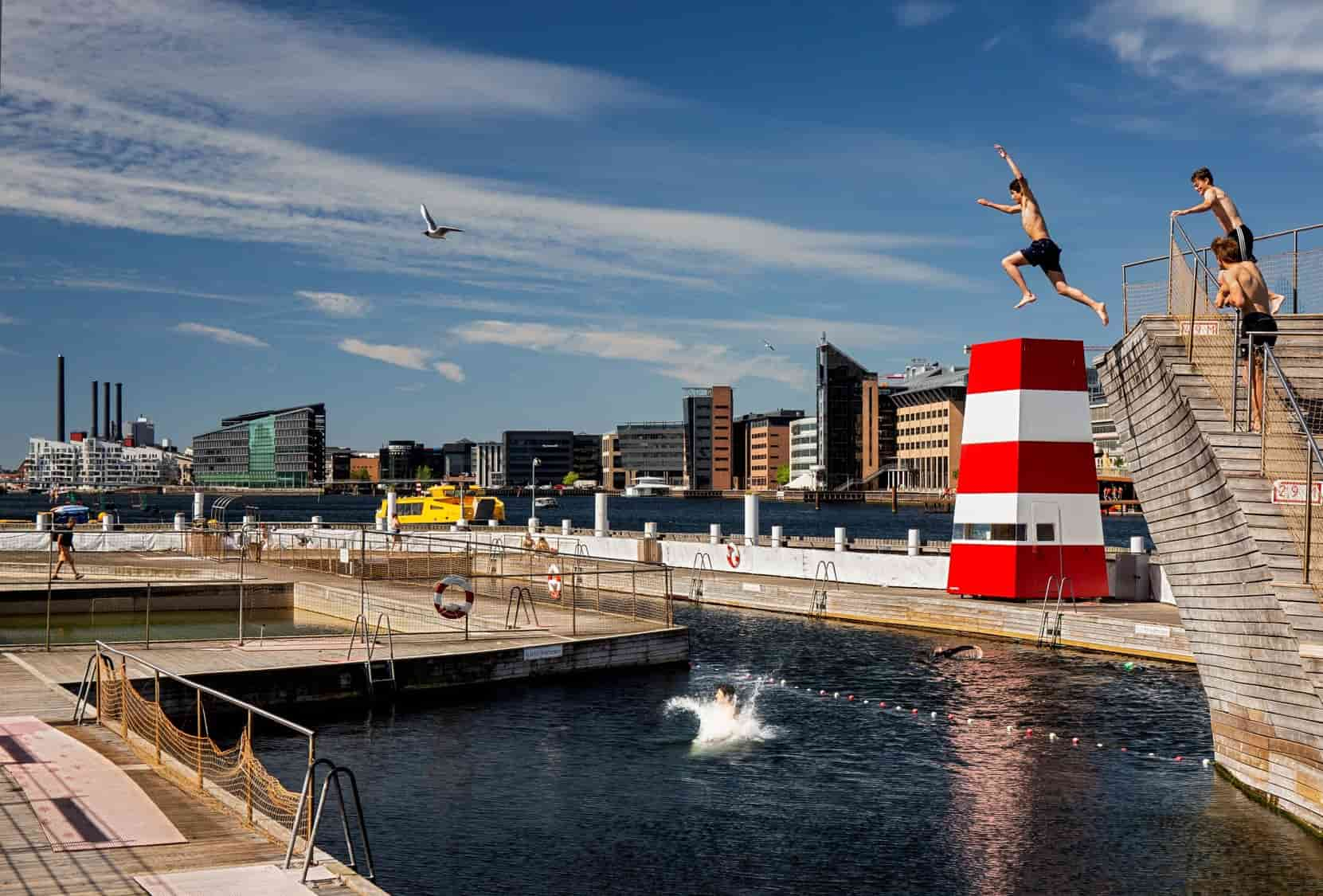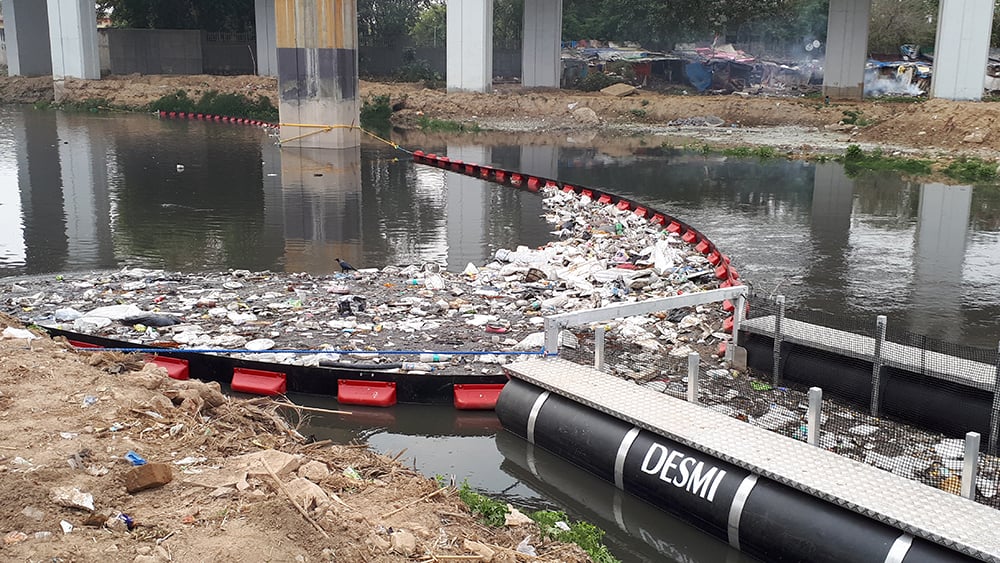News
Urban water management
Water management
Danish perspectives on Water for Smart Liveable Cities


As Denmark will be hosting the IWA World Water Congress & Exhibition in 2021, a number of Danish thought leaders have been offered to give their perspective on topics related to the congress’ theme of “Water for Smart Liveable Cities”. Here we have gathered five of the blog posts.
Transforming for energy- and climate neutrality within 10 years
(September 10, 2020)
It is possible to make the entire water sector energy and climate neutral in just 10 years? Lars Schroeder, CEO of the water utility Aarhus Vand Ltd. offers his perspective on how the Danish water sector will achieve this ambitious goal by 2030 and what lessons from Denmark and this own utility’s journey towards climate neutrality water utilities in other countries can benefit from.
Lars Schroeder is also Vice Chair of the “Climate Partnership on Waste, Water and Circular Economy” – one of 13 private sector Climate Partnerships advising the Danish government on ways to reach the Danish 2030 climate targets.
In this blogpost, he explains: “We can be both energy and climate-neutral throughout our entire water cycle – all the way from groundwater abstraction to drinking water supply and the discharge of treated wastewater.”
Read Lars Schroeder’s blog post
Watch a short video about the Climate Partnership on Waste, Water and Circular Economy
Lockdown periods have highlighted the need for automation
(8 July, 2020)
How have the corona virus lockdowns demonstrated the benefits of automation in a critical infrastructure sector such as the water sector? Michael Ramlau-Hansen, Global Brand Manager at the Danish valve manufacturing AVK Group writes:
“Recent months have showed us how it makes sense to take all possible safety precautions; not just while in an international health crisis. If the entire staff of the facility falls sick, who then will keep the vital infrastructure running, so the end-users like you and I can go on with their daily business?”
While the utility employees should be able to keep themselves protected from contagion, they must still be able to perform their duties, such as oversee the facilities’ processes. Mobile units like tablets or smart phones are the obvious solution for supplying the necessary information.
Read Michael Ramlau-Hansen’s blog post
How can more water treatment cut CO2 emissions?
(20 May, 2020)
In his blog post Mads Warming, Global Head, Water & Wastewater, Danfoss Drives explains the potential of water treatment as a means to fighting climate change and reducing greenhouse gas (GHG) emissions.
“Only about 20 per cent of all wastewater globally is treated. In other words, wastewater for six billion people remains untreated. Untreated wastewater released into the environment generates a GHG footprint roughly three times that of the GHG footprint when the same wastewater is treated in a traditional wastewater treatment plant,” Mads Warming writes.
However, treating more wastewater by traditional methods would lead to an increase in energy consumption – therefore focus must be on energy efficiency and energy recovery in the wastewater treatment process.
Read Mads Warming’s blog post
5 major trends impacting the Water industry in the next decade
(22 April, 2020)
What are the major trends impacting the water industry the next 10 years? In her blog post, Cecilia Wennberg, Vice President, Market Development in Sales, DHI outlines five trends and challenges in the water industry.
The water industry will embrace several changes in the coming years, including rapid urbanisation, severe climate changes, rising customer demands and emerging digital technologies. “These changes will present businesses with a complex set of challenges that could be worth addressing in order to stay competitive within the industry,” Cecilia Wennberg points out.
Learn more about the major trends and the opportunities these represent for water industry players by reading Cecilia Wennberg’s blog post
Climate Change and Water – A Story from Denmark
(20 March, 2020)
How should the water sector adapt to a changing climate? In his blog post Carl-Emil Larsen, CEO at DANVA (Danish Water and Wastewater association), takes a closer look at the challenges presented by extreme rainfall, rising groundwater levels and seawater rise in Denmark. As he puts it, “water is a threat when there is too little or too much of it.”
Therefore, we must start to adapt to climate change now and find ways to live with more water in our cities. “The longer we wait, the more expensive it will become for all of us to develop efficient solutions and adapt to climate change in adequate ways,” he argues.
In this blog post, Carl-Emil Larsen emphasises that many stakeholders have a role to play in the climate change and water discussions and he invites all stakeholders to engage in this debate towards the IWA World Water Congress & Exhibition in Copenhagen in May 2021.
Read Carl-Emil Larsen’s blog post
Stay tuned for more IWA blog posts to be released in the coming months
Join the Danish water sector at the IWA World Water Congress & Exhibition in May 2021




















